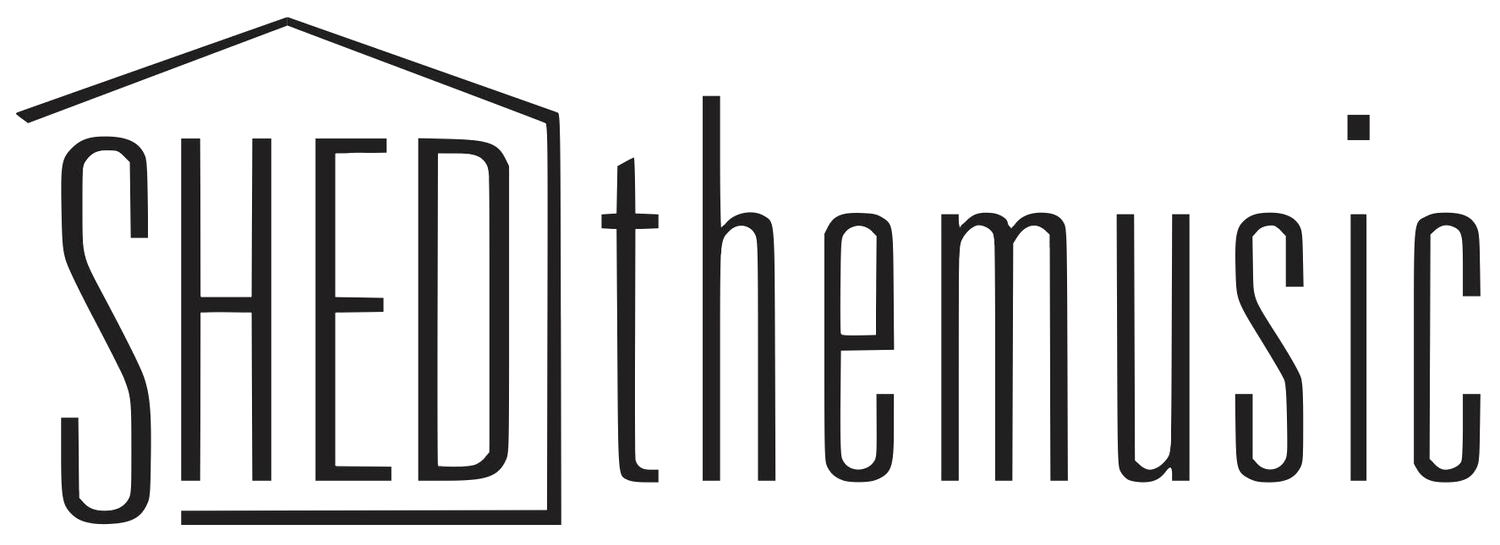1.4 | Standard Notation
Learn
Notes and rests are symbols used to show rhythms. The fraction names of these symbols (eighth, sixteenth, etc) tell how many of that note can fit into one measure of 4/4. An eighth note takes up one-eighth of a measure in 4/4 time.
Work on translating standard notation to beat maps with this worksheet →.
Note Symbol Guide
Note: Notes represent sound. Each note has an attack, sustain, and release. The duration of a note is determined by its appearance: changes in the notehead (the oval) and stem (the vertical line) show its subdivision and how long a note should be sustained. Notes that last more than a beat have noteheads that are not filled in. Beams are drawn across notes in groupings that last one beat. Flags are used for notes that last less than a beat that cannot be grouped together. The number of flags/beams that a note has shows its subdivision level in powers of two. If a number is above the beam grouping, the subdivision is an odd division.
Rest: A rest represents measured silence. Rests that last longer than a beat each have their own unique symbol. Rests that last less than a beat are the same shape and use the same system of beams and flags that notes use.
Ties: Ties combine note values. There is only one attack when notes are tied—the second note of the tie just adds more duration to make the first note last longer.
Dots: A dot added after a note or rest adds half of its original value to itself.
Quarter Note Rhythms
Eighth Note Rhythms
Sixteenth Note Rhythms
Eighth Note Triplet Rhythms
Mixed Subdivision Rhythms
Weak Beat Workouts
Share To Classroom





